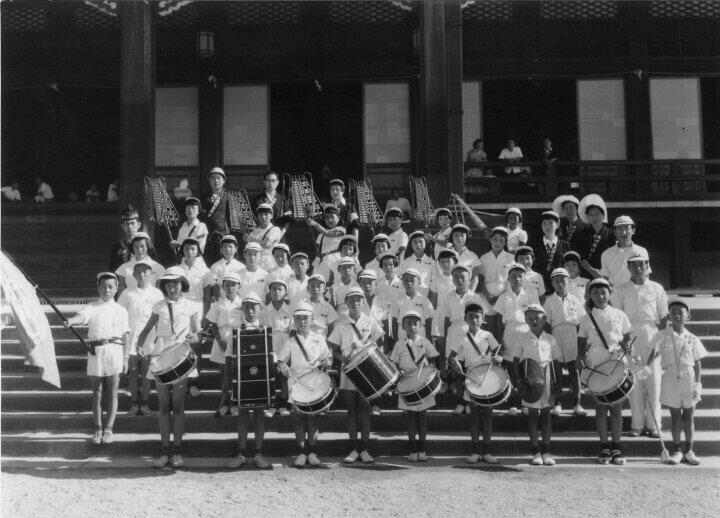
Figure 1.--Here we see what look like a school band. I'm not sure just when the photograph was taken. It may have been about 1950. |

|
We do not know a great deal about the role that music plays in Japanese schools. Nor we do know much about the type of music persued at the schools. Our information comes primarily from available images. We note a range of school music activities. There are both classroom and extra-curricular activities. The class on the previous page is a music class in a primary school. Younger children might work with singing and rythmn and innstruments like recorders and cymbals. Scholls vary as to when the children are introduced to instruments. A famous Japanese teachers is noted for introducing instruments at a very young age. And this seems to have influenced the approach at many schools. We note different kinds of bands and orchestras. Here we see what look like a school band (figure 1). I'm not sure just when the photograph was taken. It may have been about 1950. We do note that some other choirs. We also note other school bands. Generally the children wore simple simple coordinaed outfit for a uniform. Of course the size of the school is a factor. We also believe that private schools often gave more attention to music than public schools.
We do not know a great deal about the role that music plays in Japanese schools. Nor we do know much about the type of music persued at the schools. Our information comes primarily from available images. Hopefully our Japanese readers will provide us some insights. I am not sure just what emphasis Japanesecschools place on music. Many Japanese sschools have a very strong academic program which can limit the time available for extra-curicular activities like music.
Schools vary as to when the children are introduced to instruments. A famous Japanese teachers is noted for introducing instruments at a very young age. And this seems to have influenced the approach at many schools.
We note a range of music activities in Japanese schools. There are both classroom and extra-curricular music activities in Japanese schools. Music is a compulsory subject. Japanese children receiveb 10 years of mandatory music studies. This has created a population which can read music and appreciate it. The children study history, theory, conducting, instrumental, and choral performance, as wll as reading and writing music. We are not sure how the differing musical abilities are accomodated in the classroom instruction. Some Japanese educators criticize the approach as emphasizing the intellectual rather than the creative aspect of music. These are also extra-curicular activities allowing the children to make us of their extensive classroom work. We note both choruses and different kinds of bands and orchestras. The music program is centralized. The size of the school, however, is a factor in what a school can offer in terms of a music program. We note a range of instrumental music making at Japanese schools. We note activity at both primary and secondary schools. Actually we note younger children performing in bands than we have noted in most other countries. We note both marching bands and other smaller groups.
Generally the children wore simple simple coordinaed outfit for a chour or music group uniform. Some schools just used the school uniform, sometimes with fancy touches. Of course not all schools had uniforms. Often these schools had some simple uniform for their choirs or music groups.
We also believe that private schools often gave more attention to music than public schools.
Related Chronolgy Pages in the Boys' Historical Web Site
Late 19th century]
[The 1930s]
[The 1940s]
[The 1930s]
[The 1940s]
[The 1950s]
[The 1960s]
[The 1970s]
[The 1980s]
Related Style Pages in the Boys' Historical Web Site
[Long pants suits]
[Short pants suits]
[Socks]
[Eton suits]
[Jacket and trousers]
[Blazer]
[School sandals]
Navigate the HBC School Section"
[Return to Main Japanese School Activities Page]
[Return to Main Japanese school page]
[Return to Main school page]
[About Us]
[Activities]
[Chronology]
[Classrooms and buildings]
[Clothing styles]
[Countries]
[Debate]
[Economics]
[Garment]
[Gender]
[Hair]
[History]
[Home trends]
[Literary characters]
[School types]
[Significance]
[Transport and travel
[Uniform regulations]
[Year level]
[Other topics]
[Images]
[Links]
[Registration]
[Search]
[Tools]
[Return to the Historic Boys' School Home]
Created: 3:17 AM 8/5/2006
Last updated: 5:12 AM 9/30/2019
